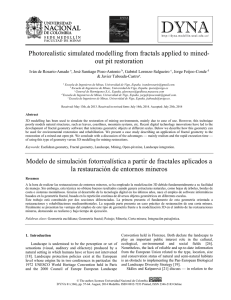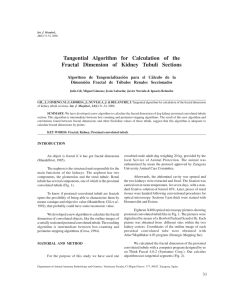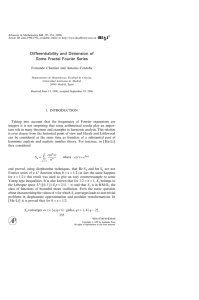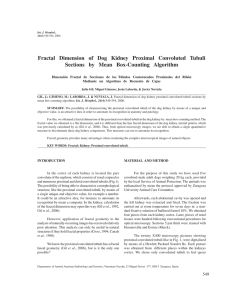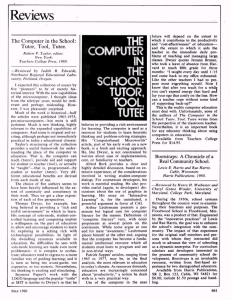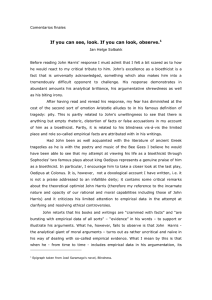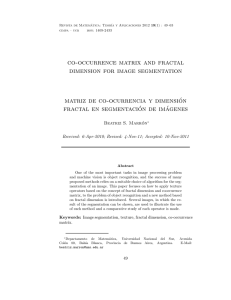Fractal Architecture: Organic Design Review by James Harris
Anuncio
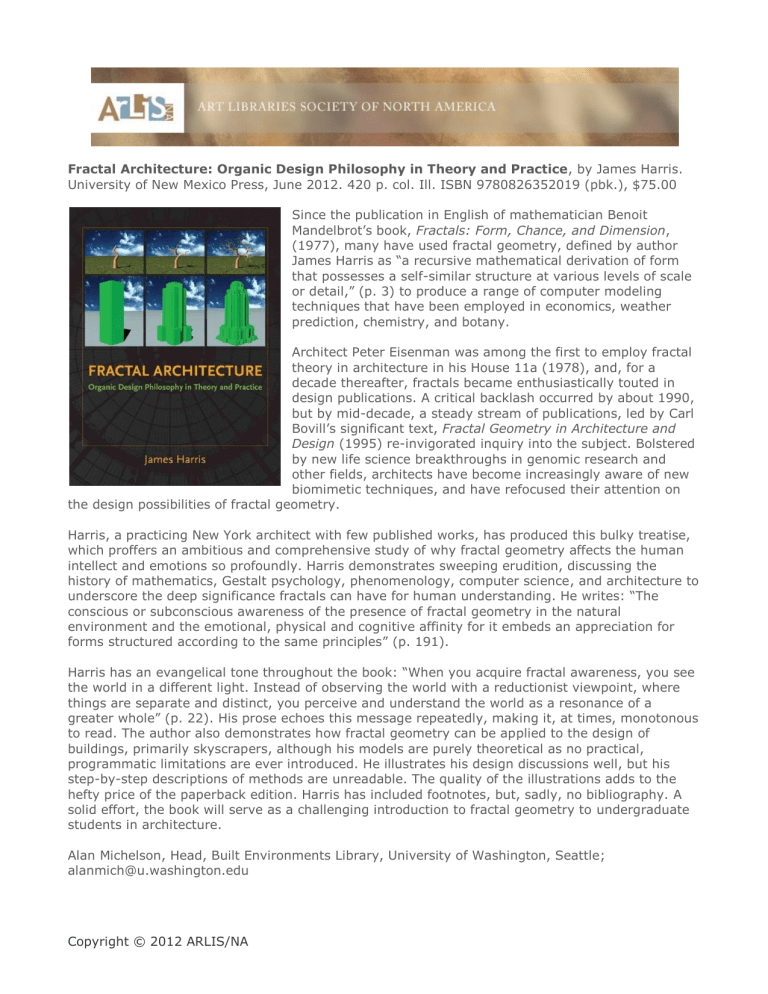
Fractal Architecture: Organic Design Philosophy in Theory and Practice, by James Harris. University of New Mexico Press, June 2012. 420 p. col. Ill. ISBN 9780826352019 (pbk.), $75.00 Since the publication in English of mathematician Benoit Mandelbrot’s book, Fractals: Form, Chance, and Dimension, (1977), many have used fractal geometry, defined by author James Harris as “a recursive mathematical derivation of form that possesses a self-similar structure at various levels of scale or detail,” (p. 3) to produce a range of computer modeling techniques that have been employed in economics, weather prediction, chemistry, and botany. Architect Peter Eisenman was among the first to employ fractal theory in architecture in his House 11a (1978), and, for a decade thereafter, fractals became enthusiastically touted in design publications. A critical backlash occurred by about 1990, but by mid-decade, a steady stream of publications, led by Carl Bovill’s significant text, Fractal Geometry in Architecture and Design (1995) re-invigorated inquiry into the subject. Bolstered by new life science breakthroughs in genomic research and other fields, architects have become increasingly aware of new biomimetic techniques, and have refocused their attention on the design possibilities of fractal geometry. Harris, a practicing New York architect with few published works, has produced this bulky treatise, which proffers an ambitious and comprehensive study of why fractal geometry affects the human intellect and emotions so profoundly. Harris demonstrates sweeping erudition, discussing the history of mathematics, Gestalt psychology, phenomenology, computer science, and architecture to underscore the deep significance fractals can have for human understanding. He writes: “The conscious or subconscious awareness of the presence of fractal geometry in the natural environment and the emotional, physical and cognitive affinity for it embeds an appreciation for forms structured according to the same principles” (p. 191). Harris has an evangelical tone throughout the book: “When you acquire fractal awareness, you see the world in a different light. Instead of observing the world with a reductionist viewpoint, where things are separate and distinct, you perceive and understand the world as a resonance of a greater whole” (p. 22). His prose echoes this message repeatedly, making it, at times, monotonous to read. The author also demonstrates how fractal geometry can be applied to the design of buildings, primarily skyscrapers, although his models are purely theoretical as no practical, programmatic limitations are ever introduced. He illustrates his design discussions well, but his step-by-step descriptions of methods are unreadable. The quality of the illustrations adds to the hefty price of the paperback edition. Harris has included footnotes, but, sadly, no bibliography. A solid effort, the book will serve as a challenging introduction to fractal geometry to undergraduate students in architecture. Alan Michelson, Head, Built Environments Library, University of Washington, Seattle; alanmich@u.washington.edu Copyright © 2012 ARLIS/NA


